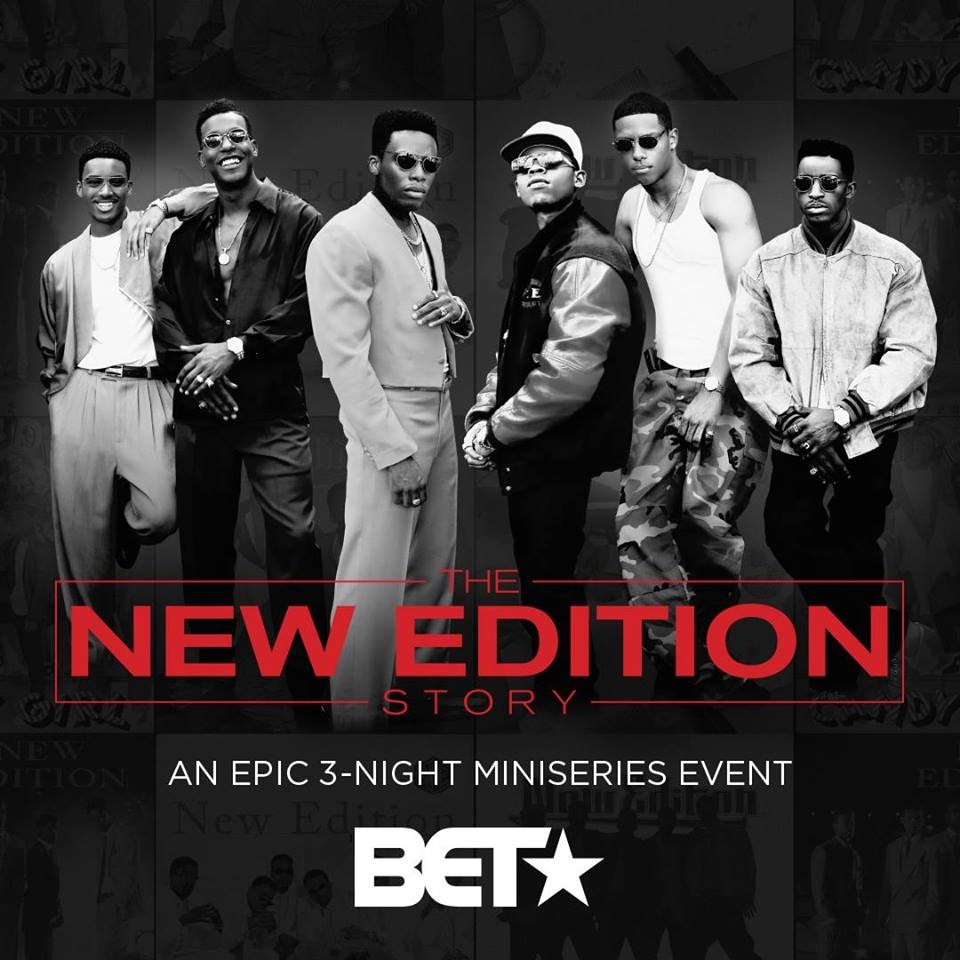 The iconic musical group that shattered records and broke down doors is finally getting a biopic that has been nearly thirty years in the making. BET‘s “The New Edition Story” follows the legendary R&B group from their 1978 humble beginnings in the Orchard Park Boston Projects through breakups, reunions and everything in between. With director Chris Robinson (ATL) and executive producer, Jesse Collins at the helm and with the rare blessing and backing of real-life New Edition members who served as consultants and co-producers on the film, “The New Edition Story” just might hit the nail right on the head. The multi-talented cast includes Bryshere Y. Gray as Michael Bivins, Elijah Kelley as Ricky Bell, singer-songwriter Luke James as Johnny Gill, Algee Smith as Ralph Tresvant, Keith Powers as Ronnie Devoe, and Woody McClain as Bobby Brown.
The iconic musical group that shattered records and broke down doors is finally getting a biopic that has been nearly thirty years in the making. BET‘s “The New Edition Story” follows the legendary R&B group from their 1978 humble beginnings in the Orchard Park Boston Projects through breakups, reunions and everything in between. With director Chris Robinson (ATL) and executive producer, Jesse Collins at the helm and with the rare blessing and backing of real-life New Edition members who served as consultants and co-producers on the film, “The New Edition Story” just might hit the nail right on the head. The multi-talented cast includes Bryshere Y. Gray as Michael Bivins, Elijah Kelley as Ricky Bell, singer-songwriter Luke James as Johnny Gill, Algee Smith as Ralph Tresvant, Keith Powers as Ronnie Devoe, and Woody McClain as Bobby Brown.
At a recent screening of night one of the three-night event, I got the opportunity to chat with director Chris Robinson, Jesse Collins, Elijah Kelley, Luke James, Algee Smith, Keith Powers and Woody McClain. I also spoke with Dante Hoagland who plays a young Mike Bivins and Caleb McLaughlin who plays a young Ricky Bell. From the real-life vocals to those exquisite dance moves here is everything you need to know about, “The New Edition Story” ahead of its premiere.
Aramide Tinubu: Chris, I know you’ve stated previously that your very first concert was New Edition, so what was it like sitting in the director’s chair in a film about this iconic group?
Chris Robinson: You know what, it was a lot of pressure. These gentlemen are alive and well and they are professionals who still tour and still make magic with their music. Of course, being a big fan when you do a movie that is an act of non-fiction there is a lot of responsibility to tell a great story. You also have a responsibility to tell the story in an accurate way that respects the actual people that you are portraying. Sometimes you have to have reverence for them, and sometimes you have to tell the very difficult truth, and many times people who are involved with projects like this don’t like to see themselves in a certain light. There is absolutely a process that goes along with that. So when you’re tackling a biopic, especially when the people are here and alive and have an opinion, it’s a big deal. So for me being a fan and having such great relationship with our producer and BET, I wanted to take in on, and I’m glad I did.
AT: Jesse, what made you decide to do “The New Edition Story?” How did you get Chris Robinson on board?
Jesse Collins: So this story came from working with the guys, and I just saw how the dynamics of the group are just so fascinating. It’s not anything that anyone thinks it is and they kept this story away from us for so long and now getting the opportunity for them to pull back the curtain and show us how the group works is unbelievable. I got Chris Robinson involved because I’ve worked with Chris on a lot of awards shows and, “Real Husbands of Hollywood” and I knew that he could bring a vision to this movie that it needed so, we got him to get on board.
AT: Chris, what was your vision for the miniseries going into it when it was time to bring New Edition’s story to life?
CR: Since New Edition was my first concert as a teenager, I kind of feel like I prepped for 35-years in order to make this film. It was all about being authentic. Jessie Collins has spent 10-years creating this project. He told me about it years ago, and since then, the script turned into three scripts. We just knew that we needed to make sure that all of these NE Lifers were happy. When you make a biopic, and the people are here, you have a responsibility not only to tell an amazing story but to make sure that it’s right. Listen, every video, every commercial, every movie, it feels like this is a culmination of all of those skills. We shot three feature films in thirty-seven days, which mean that everything had to be right. Every perfect little point, everything. Some soldiers fell along the way. (Laughing) But, the beautiful thing about it was that the work shows. We were dedicated to the story, we were dedicated to the group, and these guys were dedicated to the craft.
AT: Let’s talk about how you all came on to the project.
Algee Smith: It’s funny because I actually auditioned to play Mike Bivins first. Then, they had me go back and audition for Ralph, so that was a funny moment.
AT: Keith what was it like to become Ronnie Devoe?
Keith Powers: It was amazing; I think it was such a blessing. It was a great deal of responsibility. However, it was a dream come true, because we got to really play these legends.
AT: This is the second time you played a real-life character, you played Tyree, Dr. Dre’s little brother in “Straight Outta Compton,” how was this experience different?
KP: In “Straight Outta Compton,” I was introducing people to Tyree, people didn’t know who he was unless you really know Dr. Dre, so I kind of got to introduce him the way that I really wanted to. Whereas with this project, people know Ronnie, so I have to really show them Ronnie on the screen. I couldn’t just do what I wanted and call it Ronnie because people can go online and pull up pictures of him and all of that, so it was really just introducing the character versus taking somebody that everyone is familiar with and putting him on the screen.
Continue reading at Shadow and Act.
Image: BET
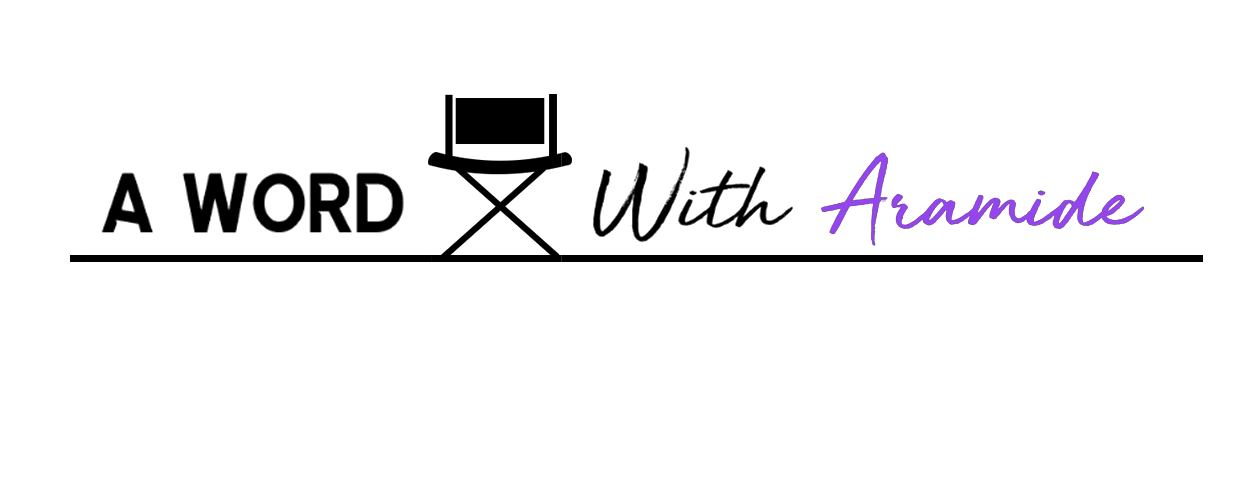


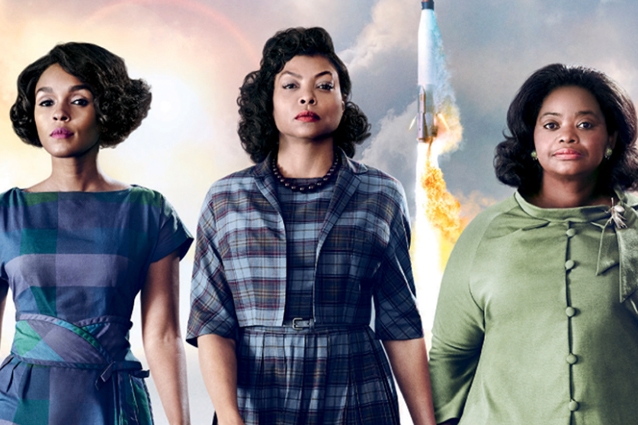 It is no secret that American history is often white-washed and male -centered, erasing the dedicated work of women and people of color; especially Black women who have worked tirelessly throughout time to make this country what it is today. The story of Katherine Johnson, Dorothy Vaughan and Mary Jackson, Black female scientists and mathematicians who played an integral role in getting the United States into the race for human space flight is just one of those stories. Based on the compelling book by Margot Lee Shetterly, “Hidden Figures” tells the story of this visionary trio of women who crossed every barrier in order to make space travel possible.
It is no secret that American history is often white-washed and male -centered, erasing the dedicated work of women and people of color; especially Black women who have worked tirelessly throughout time to make this country what it is today. The story of Katherine Johnson, Dorothy Vaughan and Mary Jackson, Black female scientists and mathematicians who played an integral role in getting the United States into the race for human space flight is just one of those stories. Based on the compelling book by Margot Lee Shetterly, “Hidden Figures” tells the story of this visionary trio of women who crossed every barrier in order to make space travel possible.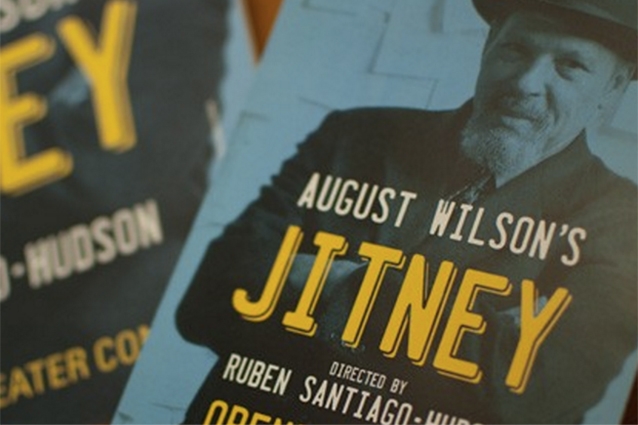 Set in the late 1970’s in the robust and colorfully textured world that is August Wilson’s Pittsburg, “Jitney” is a profound and compelling story about a group of Black men trying to scratch out a living as unlicensed jitney drivers. Threatened by impending gentrification, personal hardships and fractured relationships, Wilson’s first play is a stunning drama about the depths and complexities of Black masculinity.
Set in the late 1970’s in the robust and colorfully textured world that is August Wilson’s Pittsburg, “Jitney” is a profound and compelling story about a group of Black men trying to scratch out a living as unlicensed jitney drivers. Threatened by impending gentrification, personal hardships and fractured relationships, Wilson’s first play is a stunning drama about the depths and complexities of Black masculinity.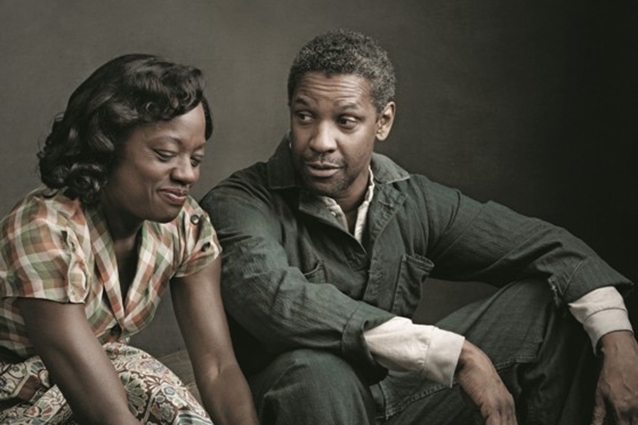 Returning to their roles six years after the Tony Award-winning revival of August Wilson’s “Fences” stunned Broadway; Denzel Washington, Viola Davis, and Stephen Henderson are at long last presenting the sixth play in Wilson “Pittsburg Cycle” to film audiences.
Returning to their roles six years after the Tony Award-winning revival of August Wilson’s “Fences” stunned Broadway; Denzel Washington, Viola Davis, and Stephen Henderson are at long last presenting the sixth play in Wilson “Pittsburg Cycle” to film audiences.

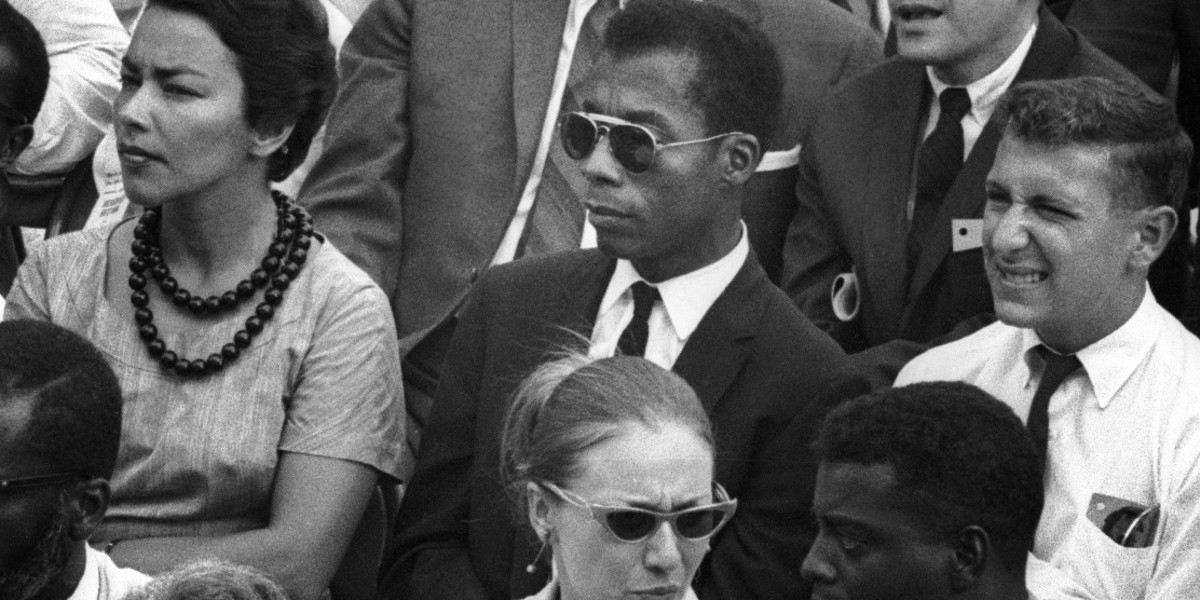 We exist in a world of cycles. Perhaps nowhere else in society are these cycles as prevalent as they are in the entertainment industry. When I grew up in the ‘90s, there were a plethora of black faces on the big and small screens. From Will Smith’s “Fresh Prince” to “Living Single” (aka the original “Sex and the City”), I could turn to any network television station to see myself, or the people closest to me, represented in some way on screen.
We exist in a world of cycles. Perhaps nowhere else in society are these cycles as prevalent as they are in the entertainment industry. When I grew up in the ‘90s, there were a plethora of black faces on the big and small screens. From Will Smith’s “Fresh Prince” to “Living Single” (aka the original “Sex and the City”), I could turn to any network television station to see myself, or the people closest to me, represented in some way on screen. Before the formation of Black Lives Matter, there was constant talk about my “lost generation” from those who came before us. According to them, millennials were lazy and self-centered since we’d never had to work for anything. We didn’t know what it meant to protest and to stand up for our Civil Rights since that moment was well before our time. I suppose no one could have foreseen how police brutality and the advent of social media would collide, exploding and rippling throughout the country. It never seemed puzzling to me; after all, young people have always been at the forefront of change across the globe. Youth provides the stamina to tuck in and stick with a cause for the long haul.
Before the formation of Black Lives Matter, there was constant talk about my “lost generation” from those who came before us. According to them, millennials were lazy and self-centered since we’d never had to work for anything. We didn’t know what it meant to protest and to stand up for our Civil Rights since that moment was well before our time. I suppose no one could have foreseen how police brutality and the advent of social media would collide, exploding and rippling throughout the country. It never seemed puzzling to me; after all, young people have always been at the forefront of change across the globe. Youth provides the stamina to tuck in and stick with a cause for the long haul.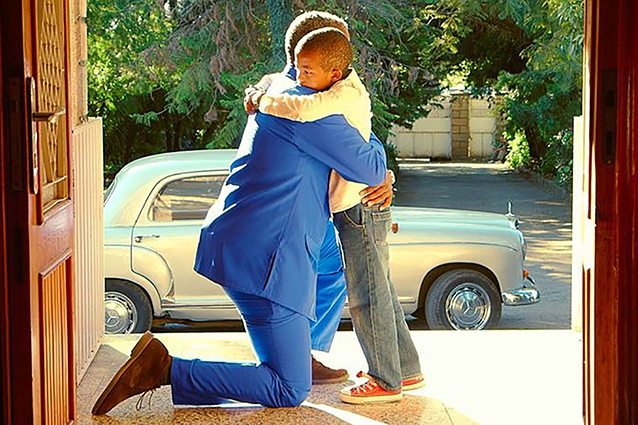 Feature narratives coming out of Ethiopia are exceedingly rare; stories about love and finding one’s place in the world are even more exceptional. Ethiopian American filmmaker Messay Getahun’s beautifully shot “Lambadina (Night Light)” which chronicles a young man’s journey from Addis Ababa, Ethiopia to Los Angeles, California changes all of that. Westerns have often had the privilege of ignoring war or forgetting altogether just how deeply war and political unrest can devastate and uproot entire families. Told in both Amharic and English, “Lambadina” tells the story of 9-year old Joseph, who is torn away from his father, and reluctantly taken in by an affluent family to live as an errand boy. In a twist that pays reverence to the eternal tale of Romeo & Juliet, Joseph falls in love with the family’s only daughter, Ruth.
Feature narratives coming out of Ethiopia are exceedingly rare; stories about love and finding one’s place in the world are even more exceptional. Ethiopian American filmmaker Messay Getahun’s beautifully shot “Lambadina (Night Light)” which chronicles a young man’s journey from Addis Ababa, Ethiopia to Los Angeles, California changes all of that. Westerns have often had the privilege of ignoring war or forgetting altogether just how deeply war and political unrest can devastate and uproot entire families. Told in both Amharic and English, “Lambadina” tells the story of 9-year old Joseph, who is torn away from his father, and reluctantly taken in by an affluent family to live as an errand boy. In a twist that pays reverence to the eternal tale of Romeo & Juliet, Joseph falls in love with the family’s only daughter, Ruth.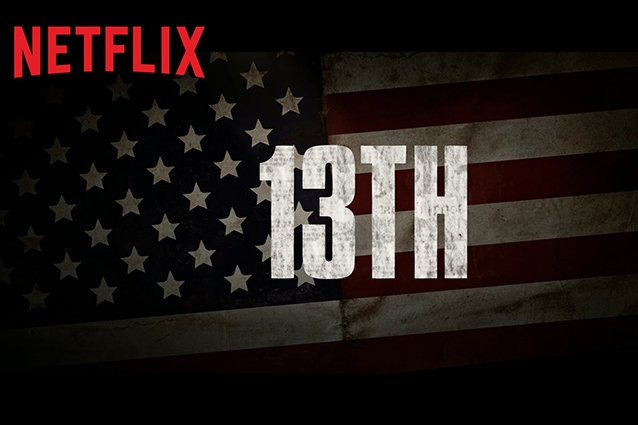 Growing up, prison seemed like an abstract concept to me, one reserved for “Law & Order” episodes and select family members who would be absent every other Christmas or Thanksgiving holiday. It wasn’t until I arrived in college in a class on Black Urban Studies, that I was educated about the mass incarceration that occurs in this country. I watched the 1998 documentary “The Farm: Angola, USA,” and read Michelle Alexander’s “The New Jim Crow: Mass Incarceration in the Age of Colorblindness.” It was through these two mediums that the system of dehumanization and oppression was revealed to me. I distinctly remember feeling horrified that the prisoners of Angola were required to pick cotton as a part of their daily tasks. Slavery was, after all, long ago abolished. However, I soon learned and continued to learn that nothing ever really goes away; it’s merely reinvented into a more easily digestible package ripe for public consumption.
Growing up, prison seemed like an abstract concept to me, one reserved for “Law & Order” episodes and select family members who would be absent every other Christmas or Thanksgiving holiday. It wasn’t until I arrived in college in a class on Black Urban Studies, that I was educated about the mass incarceration that occurs in this country. I watched the 1998 documentary “The Farm: Angola, USA,” and read Michelle Alexander’s “The New Jim Crow: Mass Incarceration in the Age of Colorblindness.” It was through these two mediums that the system of dehumanization and oppression was revealed to me. I distinctly remember feeling horrified that the prisoners of Angola were required to pick cotton as a part of their daily tasks. Slavery was, after all, long ago abolished. However, I soon learned and continued to learn that nothing ever really goes away; it’s merely reinvented into a more easily digestible package ripe for public consumption.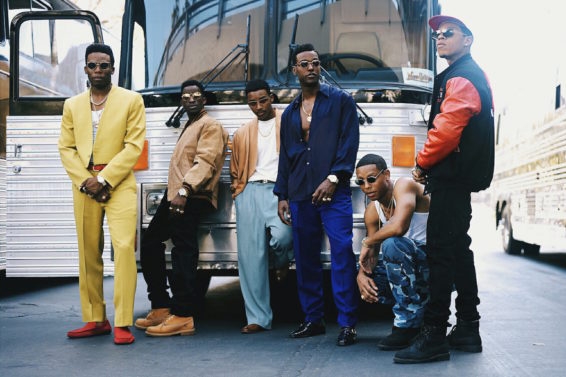
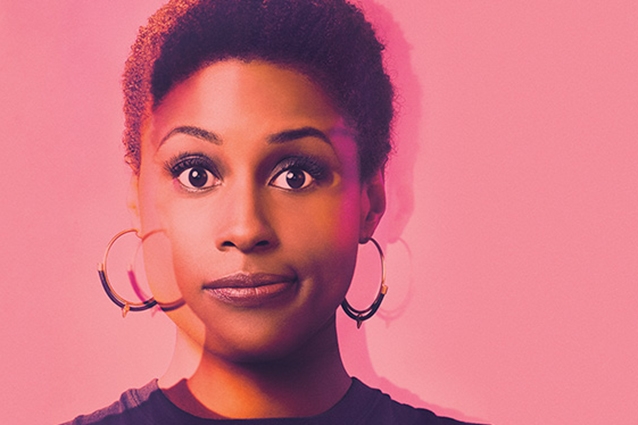 Some weeks ago, I logged into Facebook and became enraptured by a status an old college friend had recently posted. It read, “I trust Black women more than any other group of people.” Initially, I thought nothing of it, since it also rang true for me, but as I scrolled through the comments under the post, it was clear that my brown skin girlfriend had hit a nerve.
Some weeks ago, I logged into Facebook and became enraptured by a status an old college friend had recently posted. It read, “I trust Black women more than any other group of people.” Initially, I thought nothing of it, since it also rang true for me, but as I scrolled through the comments under the post, it was clear that my brown skin girlfriend had hit a nerve.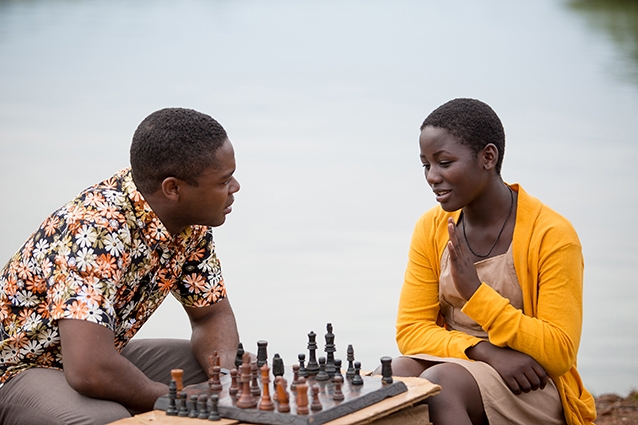 Some of the most ignored stories in the film industry are those of women and girls of the African Diaspora. Though we go through cycles where Hollywood pushes out a plethora of stories about people of color for a set amount of time, films like “Eve’s Bayou”, “Pariah”, and “Beasts of the Southern Wild” are far and few in between. This year, Disney has sought to go against the grain to bring to us the story of 20-year-old Ugandan master chess player, Phiona Mutesi, in Mira Nair’s “Queen of Katwe”. A rarity for a mainstream Hollywood film, “Queen of Katwe” has an all-Black cast and (most importantly) not a white savior in sight.
Some of the most ignored stories in the film industry are those of women and girls of the African Diaspora. Though we go through cycles where Hollywood pushes out a plethora of stories about people of color for a set amount of time, films like “Eve’s Bayou”, “Pariah”, and “Beasts of the Southern Wild” are far and few in between. This year, Disney has sought to go against the grain to bring to us the story of 20-year-old Ugandan master chess player, Phiona Mutesi, in Mira Nair’s “Queen of Katwe”. A rarity for a mainstream Hollywood film, “Queen of Katwe” has an all-Black cast and (most importantly) not a white savior in sight. When I was asked to attend the screening and press junket for Nate Parker’s “The Birth Of A Nation” at the Toronto International Film Festival, I was hesitant. A film which I had been so looking forward to seeing for the better part of a year, suddenly made my stomach turn. The thought of putting my ideas and opinions on the project and filmmaker out for the world to see was daunting. The details surrounding filmmaker and actor Nate Parker’s rape trial in 1999, as well as his callous remarks in the past months regarding that time, were and are unsettling.
When I was asked to attend the screening and press junket for Nate Parker’s “The Birth Of A Nation” at the Toronto International Film Festival, I was hesitant. A film which I had been so looking forward to seeing for the better part of a year, suddenly made my stomach turn. The thought of putting my ideas and opinions on the project and filmmaker out for the world to see was daunting. The details surrounding filmmaker and actor Nate Parker’s rape trial in 1999, as well as his callous remarks in the past months regarding that time, were and are unsettling.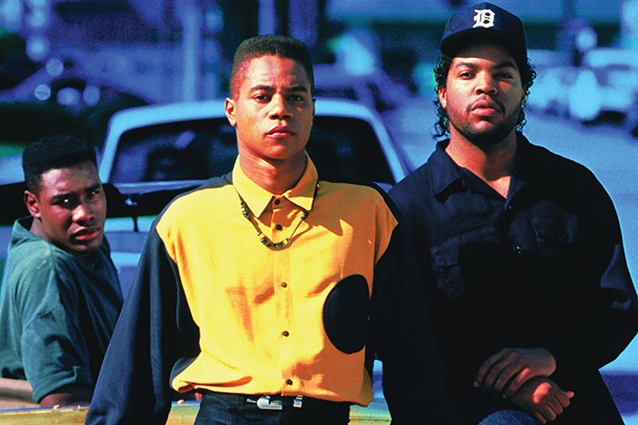 On July 12, 1991, John Singleton’s “Boyz N the Hood” came roaring into theaters. The Black community was feeling the residual effects of the ‘80s crack epidemic. George H.W. Bush was in the White House, and the Los Angeles community was still reeling from the brutal beating of Rodney King by the LAPD four months prior.
On July 12, 1991, John Singleton’s “Boyz N the Hood” came roaring into theaters. The Black community was feeling the residual effects of the ‘80s crack epidemic. George H.W. Bush was in the White House, and the Los Angeles community was still reeling from the brutal beating of Rodney King by the LAPD four months prior.
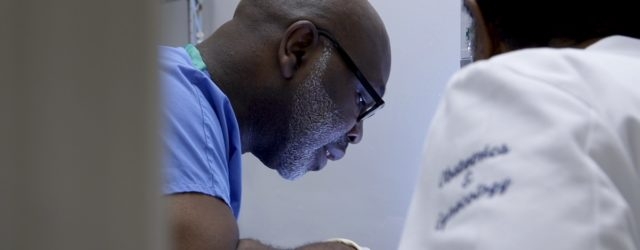 There is one abortion clinic left in the state of Mississippi, and there are three in the state of Alabama. Since 2010, in a flurry of backlash aimed at the Obama Administration, state governments particularly in the South, have passed a series of restrictive laws attacking women’s health rights and access to abortions. These TRAP laws, or Targeted Regulations of Abortion Providers, are spreading rapidly across the United States, primarily affecting impoverished women and women of color.
There is one abortion clinic left in the state of Mississippi, and there are three in the state of Alabama. Since 2010, in a flurry of backlash aimed at the Obama Administration, state governments particularly in the South, have passed a series of restrictive laws attacking women’s health rights and access to abortions. These TRAP laws, or Targeted Regulations of Abortion Providers, are spreading rapidly across the United States, primarily affecting impoverished women and women of color.
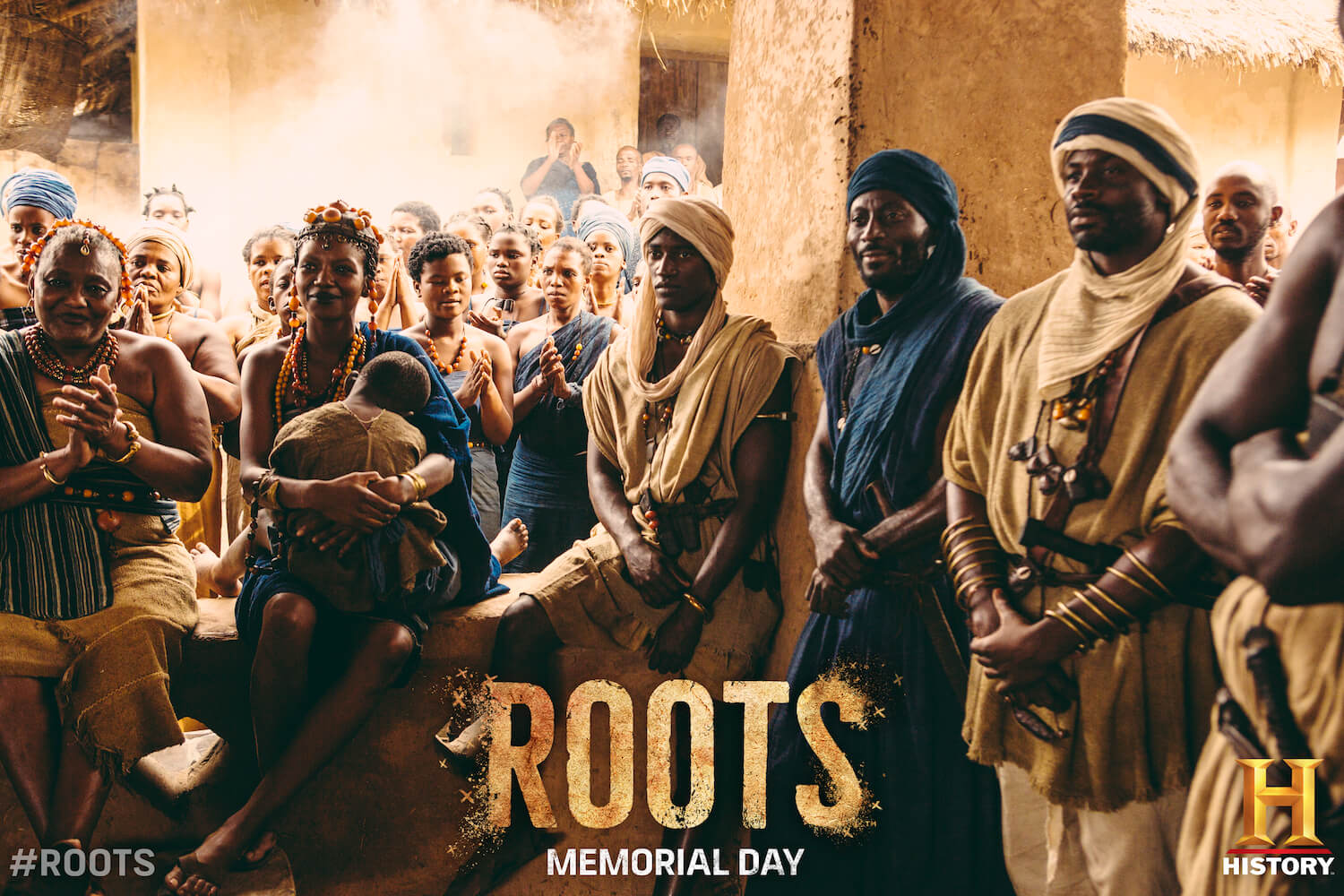 Forty-years ago Alex Haley’s “Roots” was presented on the small screen and captivated a nation. The immensely popular and moving story garnered 80 million viewers a night when it first aired in January of 1977. That year it was nominated for thirty-five Emmys. Therefore, when I first heard that “Roots” was being rebooted, I rolled my eyes. We are at a point when we are constantly being beaten down by the same stories playing in an endless loop over and over again. And yet, from the moment the thriving beauty of Juffure, Gambia was revealed in 2016’s “Roots”, I knew this would be something worthwhile.
Forty-years ago Alex Haley’s “Roots” was presented on the small screen and captivated a nation. The immensely popular and moving story garnered 80 million viewers a night when it first aired in January of 1977. That year it was nominated for thirty-five Emmys. Therefore, when I first heard that “Roots” was being rebooted, I rolled my eyes. We are at a point when we are constantly being beaten down by the same stories playing in an endless loop over and over again. And yet, from the moment the thriving beauty of Juffure, Gambia was revealed in 2016’s “Roots”, I knew this would be something worthwhile.
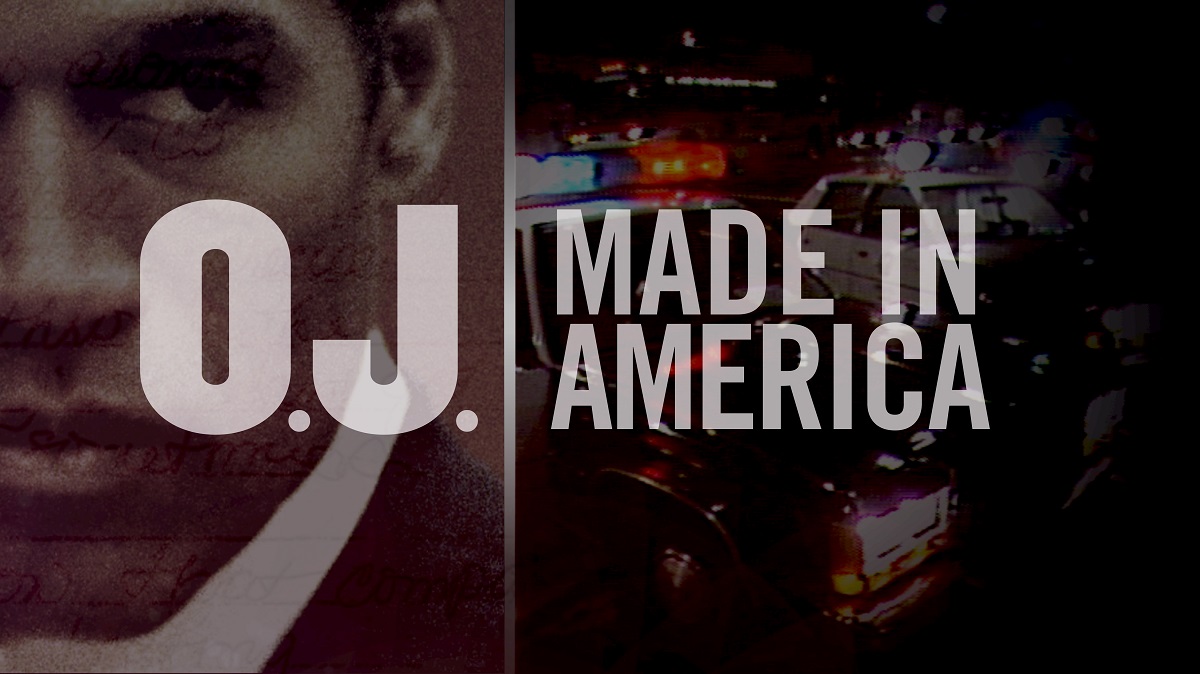 The year Orenthal James Simpson was acquitted of murdering his ex-wife Nicole Brown Simpson, and her friend Ron Goldman, I was entering Kindergarten. I vaguely remember the hoopla surrounding the trial, sitting on my father’s knee while he discussed it with his friends, or hovering around my mother and my aunts; my ears listening intently to “grown folks business”. The things that I heard at that time, I didn’t really grasp. As I grew older, especially as Simpson’s behavior became more publicly erratic leading up to his 2007 arrest and conviction, I formed my own opinions about the fallen man who in my eyes, was so obviously guilty of the heinous crimes. And yet for one moment in our country’s history, Simpson’s privilege without regard to his skin color let him slip through the system.
The year Orenthal James Simpson was acquitted of murdering his ex-wife Nicole Brown Simpson, and her friend Ron Goldman, I was entering Kindergarten. I vaguely remember the hoopla surrounding the trial, sitting on my father’s knee while he discussed it with his friends, or hovering around my mother and my aunts; my ears listening intently to “grown folks business”. The things that I heard at that time, I didn’t really grasp. As I grew older, especially as Simpson’s behavior became more publicly erratic leading up to his 2007 arrest and conviction, I formed my own opinions about the fallen man who in my eyes, was so obviously guilty of the heinous crimes. And yet for one moment in our country’s history, Simpson’s privilege without regard to his skin color let him slip through the system.